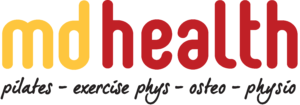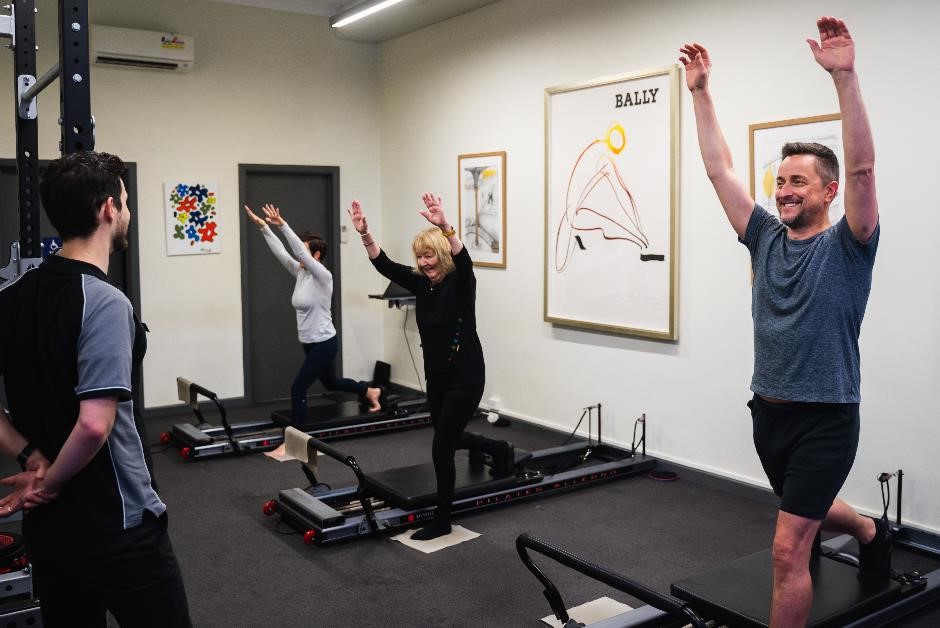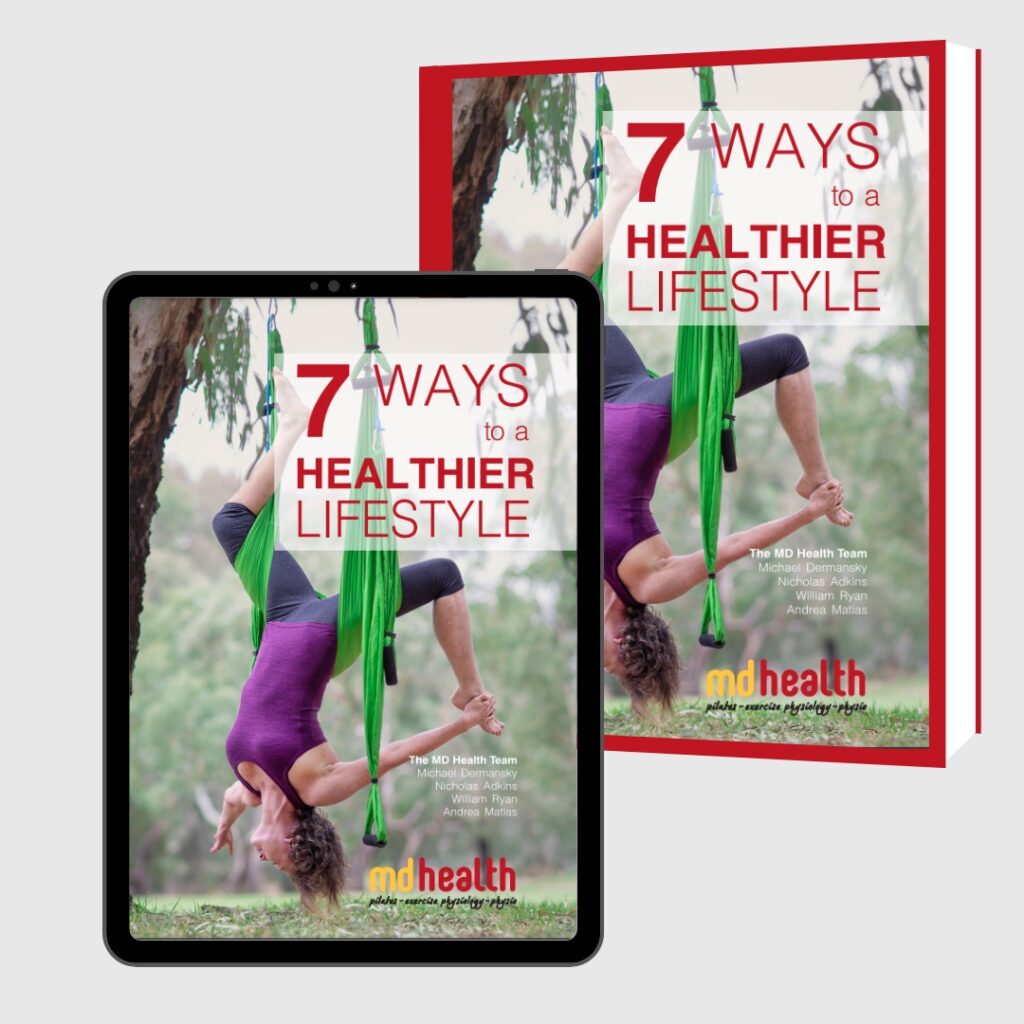Little Things in Life That May Trip You Up!
No matter what age we are we all can have trips and fall, however, as we get older falls can cause more concern. In fact falls are one of the major causes of mortality and morbidity in older adults.
Our ability to catch ourselves after tripping isn’t quite what it used to be, our eyesight not quite 20/20 and our muscle strength declining. That doesn’t mean we wrap ourselves up in cotton wool and stop doing the things we love, we just need to be aware of the modifiable factors that can increase the likelihood of a fall and improve what we can control.
There are many factors that contribute to having a fall and if we can minimise some of these factors we can reduce the risk.
Improve Strength
Prevention is the key and strength is an important factor to prevent falls. We need to strengthen all of our lower limb muscles in particular, giving us the power and endurance to tackle any type of landscape. Most people have steps/stairs in their home and gutters/curbs are a part of everyday life. It is important to know how to tackle this if one leg is not as strong as the other. For instance your good leg always goes up the step first, and on the way down the bad leg steps down first. To combat these tasks and other challenges there are many basic exercises to strengthen your muscles which you don’t need to go to a gym to do. You can do the exercises at home, such as sit to stands, calf raises and side stepping. Exercise will become easier overtime as your muscles adapt and become stronger, it is important to overload the exercises to maintain and keep improving muscle adaptation- this means add weights, repetitions or possibly an extra set.
Improve Balance
Balance and muscle strength are very closely linked and important factors. Challenging your balance on different surfaces and foot positions can improve your balance. Practice makes near-perfect. It is important to practice stationary and moving balance and as your balance improves to challenge the other senses too, closing one eye or both or turning your head. This will help you feel more comfortable in busier places, as you can focus on a couple more things than just looking down at your feet looking at what’s ahead. It is encouraged to look at least six paces ahead of you rather than just looking at your feet. Improving your balance your gait cycle, speed will also improve.
Reduce Risks
Our home is our comfort zone, the place where we may take for granted that falling is less likely. Around the home it is important to avoid clutter, especially in walkways. Be aware of rugs, boxes, toys, awkward chair/table legs and power cords. This can easily reduce the risk of a fall in the home. In tiled places or slippery surfaces in the home it is important to use rubber/grip mats. Even if water is on the tiles, the rubber mat reduces the risk of falls and decreases the risk if breaking a bone from landing on the hard floor. In the front or backyard make sure paths are clear of moss, pavers are flat and take a mobile phone or even a whistle in case you do have a fall and need to contact or alert someone if unable to get back up.
Improve Diet & Nutrient Intake
As we age it is important we eat a range of foods to make sure we are consuming all the nutrients our body needs. Vitamin D and calcium are very important for bone development and eyesight. Bone density as we age decreases and is important to have bone density scans to know if you are at risk of Osteoporosis. Exercise is the best treatment for Osteoarthritis, you can reduce the impact of osteoarthritis by using exercises such as resistance training and impact loading of the bones (plyometrics). Throughout the year it is important and get at least 20 mins of sunshine at least 3-4 days a week for adequate Vitamin D. During the winter months this may be a little harder, but you can incorporate it into the activities you like such as walking, gardening, playing with grandchildren and playing lawn bowls. In summer pick the cooler times of the day to enjoy the sun and the weather.
Exercise Regularly
Exercise is very important to reduce the risk of falls and help battle the fear of falling. If you find it hard to be motivated or not sure where to start exercising join in with friends or join a local community group. At MD Health we have senior’s times from 11-4pm. It is fantastic to see the friendships that have been made, the welcoming of new clients and how much fun the clients have together doing exercises. We challenge each of them with different exercises on balance and resistance training and it is uplifting to see where they have come from to what they can achieve now.
Unfortunately falls will happen we cannot eradicate the risk all together but being aware of the factors and take precautionary measures is a step to decreasing the risk of falling over. You are the key to reducing your risk of falls. There is help whenever you may need the support, help or education- We are there for you! Live the life you want, enjoy your retired chapter of life and never stop searching for new adventures. The world is your oyster at any age!
By Erica Schippers
Exercise Physiologist at MD Health Pilates
References
Ambrose, A.F., Geet, P., Hausdorf, J. (2015) Risk factors of falls among older adults: A review of the literature
D Newell, V. S. (2012). Changes in gait and balance parameters in elderly subjects attending an 8 week supervised pilates program. The Journal of Bodyworks and Movement Therapies.
ML Bird, K. H. (2012). A randomized controlled study investigating static and dynamic balance in older adults after training with pilates. Archives of Physical Medicine and Rehabilitation.
Swann, L. C. (2012). Stepping On. Sydney: NSW Ministry of Health.
Urs, G. T. (2012). Effects of core instability strength training on trunk muscle strength, spine mobility, dynamic balance and functional mobility in older adults,. Gerontology.



